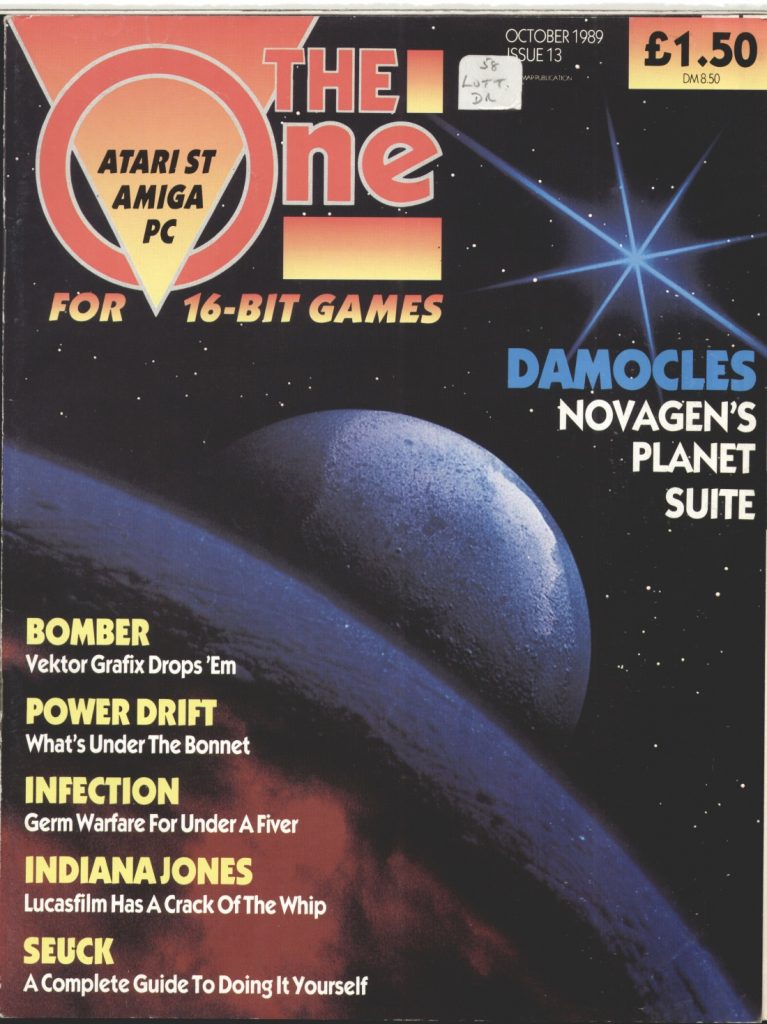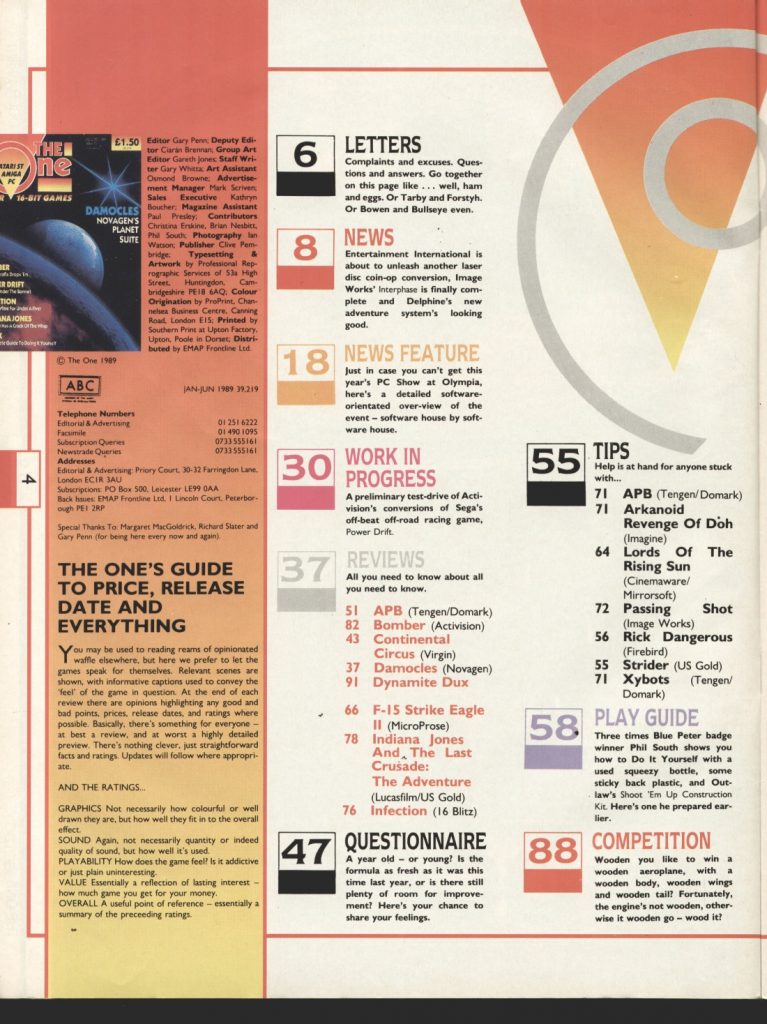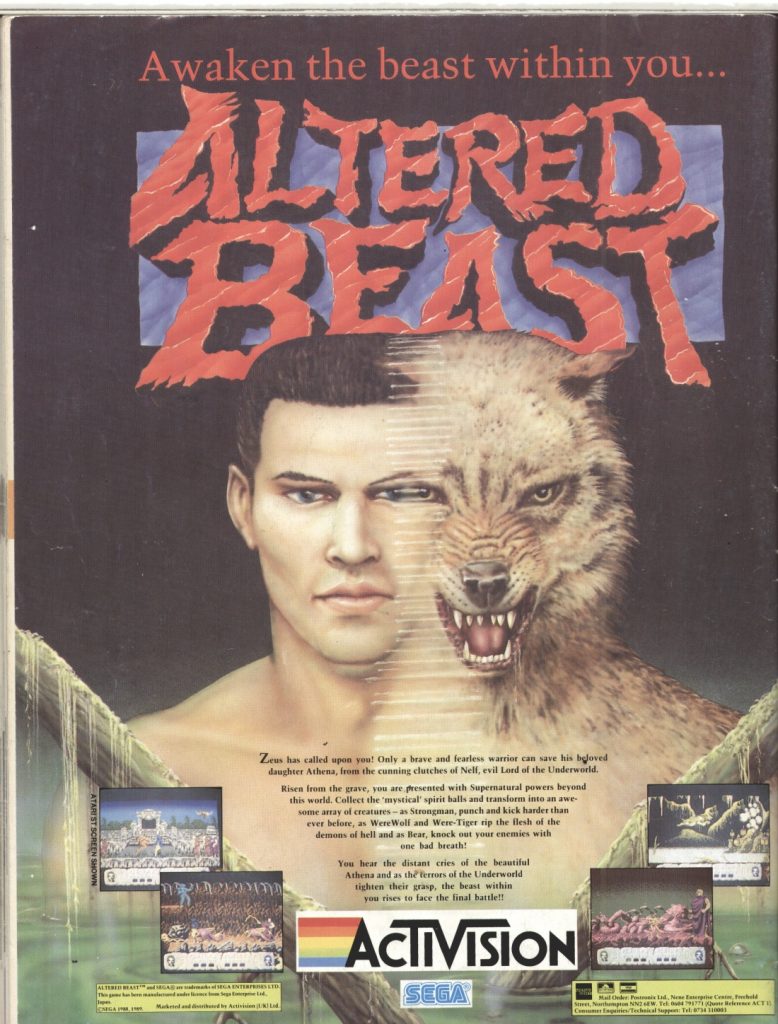Though off of its peak, Byte still had a respectable page count in the early 1990s with the April 1993 issue weighing in at over 300 pages. It had become somewhat less technical by this point but that was the way the market was going. This issue includes:
News
- Microbytes – The Casio/Tandy Zoomer pen computer being released to compete with the upcoming Newton from Apple; Microsoft working on combined 32-bit DOS/Windows code-named Chicago; DEC releases Alpha; HP and AMD working together on new chip technology; first simultaneous voice and data transmission carried out over GSM; Next abandons hardware business (of course, Steve Jobs would be back with Apple in a few years); and more.
- Report From Croatia: Recovery Though Technology – The computer industry was one of the fastest recovering industries in Croatia.
- First Impressions: Easy Does It with MS-DOS 6.0 – A look at the new features of MS-DOS 6.0 including its compression and memory management features.
- Photoshop Now Does Windows – Photoshop 2.5 becomes the first version available for Windows.
- Stylus 800 – An affordable $499 ink-jet printer from Epson.
- Encarta – Another category of software that has been killed by the Internet…or at least gone online only – the electronic encyclopedia.
- microWriter – A $729 laser printer from Texas Instruments.
- AudioMan – An external sound system for Windows from Logitech.
- What’s New – The Dauphin 5500 Color Pentop; DECpc 325SL notebook; WinBook; VL-Bus desktops from Insight; SiliconCache SCSI caching system; PowerBox and MicroMD 200 external drives for the PowerBook; Diamond 32-bit graphics accelerator; and more.
Features
- Fighting Fatware – Dealing with the ever increasing space demands of newer applications including Microsoft Access, Lotus 1-2-3, and others.
- Putting Fuzzy Logic into Focus – A look at software for developing fuzzy logic applications including FIDE from Aptronix, FuziCalc from FuzziWare, and others.
- Japanese Leaders in Fuzzy Logic – Japan’s Sendai automated railway system helped lead to an explosion of fuzzy logic applications in Japan.
State of the Art
- Visualization Applications – A look at scientific visualization software in engineering, financial analysis, structural biology, and more.
- Navigating the Data Flood – Software to help you visualize your data.
- Inside Multidimensional Data – Visualizing data beyond three dimensions.
- Image Building – The four types of tools for building imagery for visualization of your data.
- The Difficulty with Data – Handling different data formats, data compression, and other complexities of data visualization.
Reviews
- Solutions Focus: Shrink to Fit – On the fly compression software for PC and Macs. Some products available included Double Density, Stacker, SuperStor Pro, and XtraDrive for the PC and Stuffit SpaceSaver, SuperDisk, and TimesTwo for the Mac.
- Ultraportable PCs: Worth the Trade-Offs? – At the time, “ultraportable” PCs often meant non-backlit, low resolution, black and white screens, limited memory and limited storage among other trade-offs.
- PowerBook Peripherals – A look at third part expansion options for the PowerBook including ethernet controllers, internal modems, and more.
- OS/2’s Multimedia Extensions – A look at the multimedia features available for OS/2.
- Two Ways to Say VL-Bus – A look at two VL-Bus motherboards including the Micronics EISA/VL-Bus System Board and the American Megatrends Enterprise III.
- Teaching Macs to Fetch – A look at Aldus Fetch 1.0, a multiuser, mixed-media database for cataloging images, animations, movies and sound files.
- Macs and Windows PCs Share Control – Using Timbuktu to control Macs remotely from a PC.
- Sam’s C Solution for Solaris – A review of Sparcworks Professional C compiler.
- A Beefier MKS Toolkit – MKS Toolkit is Unix utilities and a Korn shell command interpreter for DOS and OS/2.
- Pioneer’s Super CD-ROM Drive – A look at the Pioneer DRM-604X external six disc CD changer. I know that some BBSes used devices like this to provide shareware file downloads.
Hands On
- Under The Hood: FDDI Speaks – A look at this then new optical-fiber LAN standard.
- Some Assembly Required: Processing Magic on the Mac – A detailed look at the workings of the System 7 Process Manager.
- Software Corner: LAN Remote Control – A look at two PC programs for remotely controlling PCs over a LAN, Control and SlaveIPX.
- Beyond DOS: Simple MAPI Delivers – Microsoft’s new E-mail API.
- Ask Byte – Questions answered about dynamic arrays in C and using multiple CD-ROM drives with the Amiga 2000.
Opinons
- User’s Column: What’s Hot, What’s Not – The personal computer, OS/2, CD-ROM drives and more. Includes a discussion of the Gateway 2000 4DX2-66V which was my first PC (after my Commodore 64 anyway).
- Book and CD-ROM Reviews: Markets as Virtual Reality – Reviews of The Death of Money, Windows 3.1 Insider, and Practical Ray Tracing in C.
- Editorial: Fatware Strategies – The computer industry’s price war makes writing more memory and storage hungry software easier.
- Letters – Letters from readers about the Amiga 3000T and Amiga 4000, OS/2 2.0, network adapters, and more.

…and more!









